
Chapter 13. Chapter 13: Evolution and Diversity Among the Microbes
Review & Rehearse

Instructions
Review the visual summaries and answer the essay questions below.
Make sure to enter a brief response that completely answers each question and explains your reasoning. When you click "Submit," you will be provided instant feedback, allowing you to check if your response is correct.
(This activity contains 18 total essay questions. Each new question will be revealed once you complete the preceding question.)
1.


1. Why does an amoeba not need a respiratory system?
2.
2. It is difficult to make generalizations about the group of organisms sometimes referred to as “microbes.” Why?
3.


3. Which characteristic of a bacterium helps it to maintain different conditions inside than out?
4.
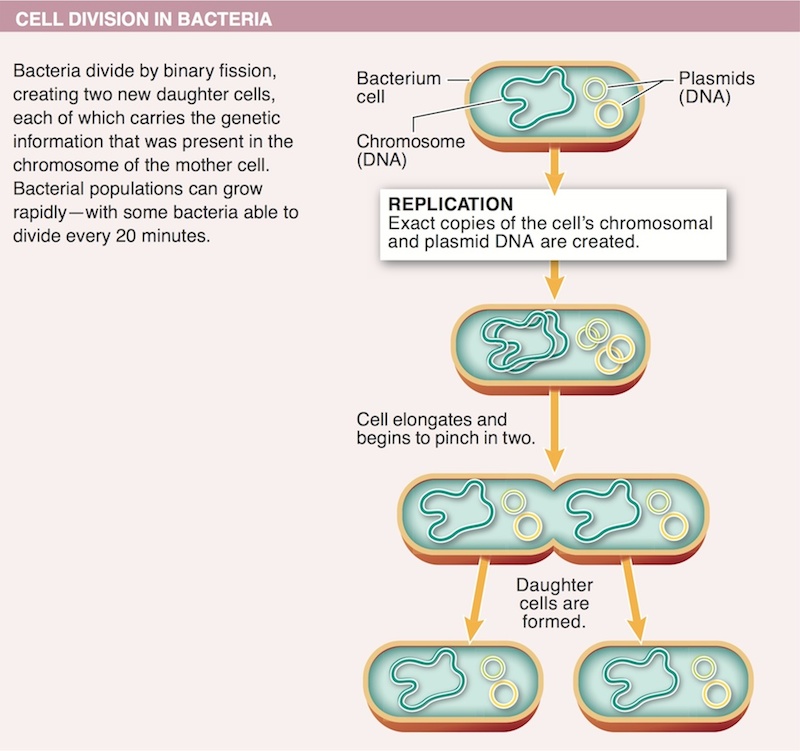
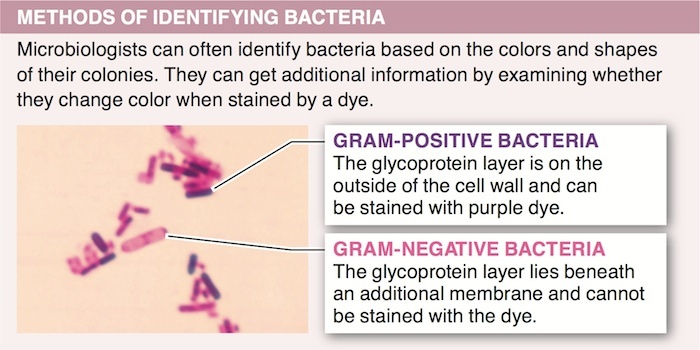
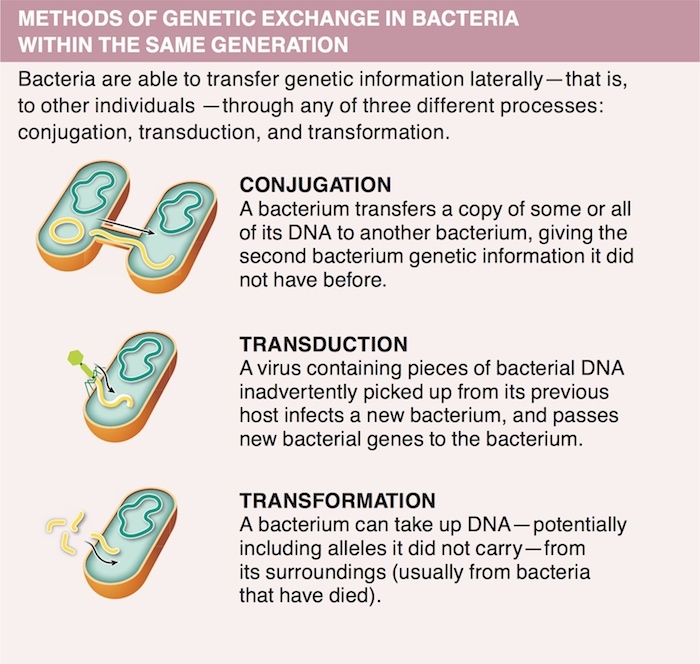
4. Describe three types of lateral transfer of genetic information seen in bacteria.
5.
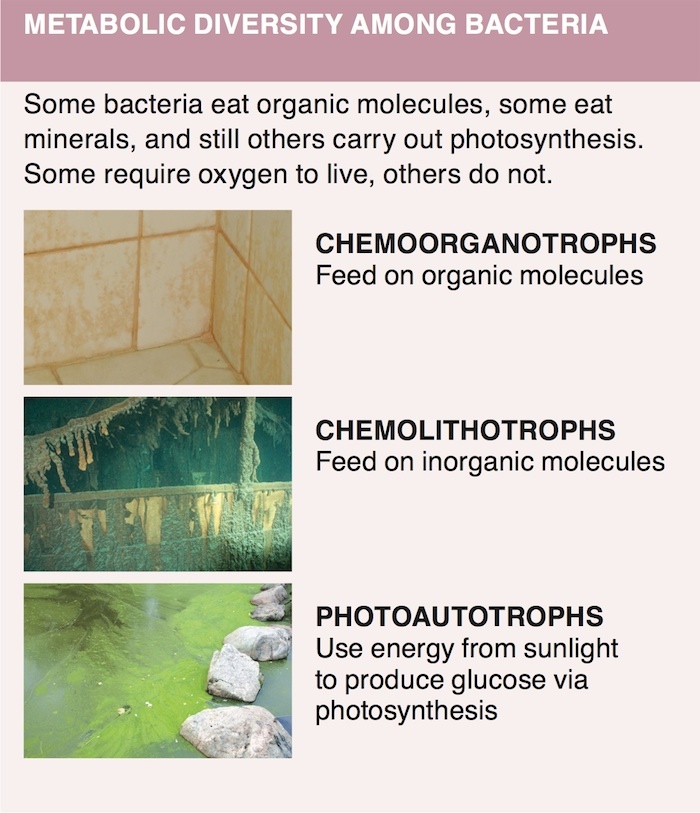
5. A common distinction among bacteria is between those that are aerobic and those that are anaerobic. Describe the meaning of this distinction.
6.

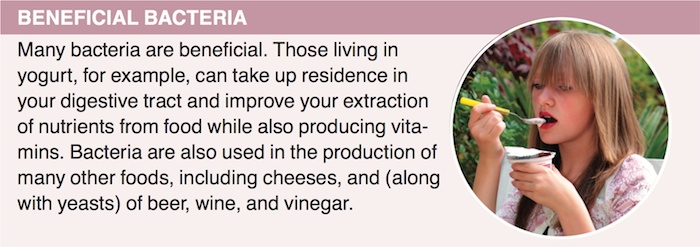

6. What produces the characteristic taste and texture of yogurt?
7.
7. In the 1800s, how was the spread of cholera slowed in London?
8.
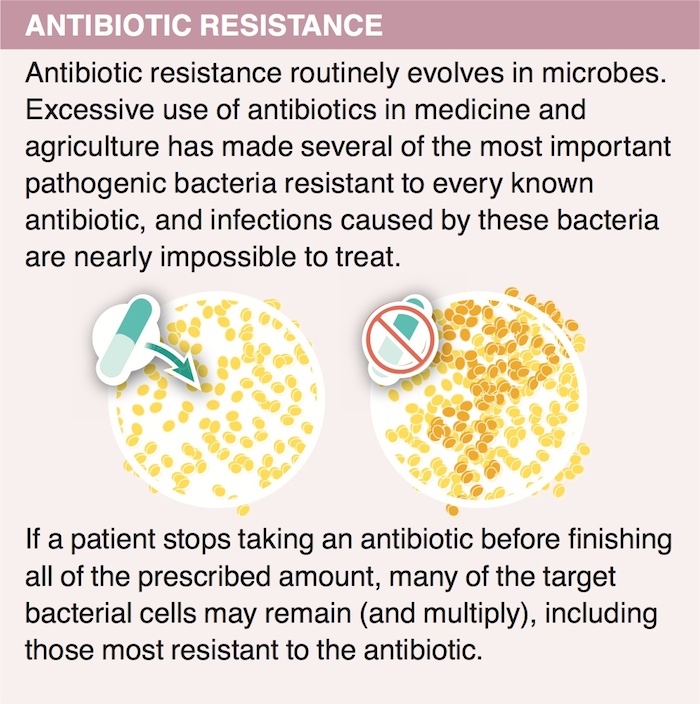
8. Why do more people die from Staphylococcus aureus infections, than from HIV/AIDS?
9.

9. Describe the two characteristics of STDs which make it nearly impossible to eliminate completely.
10.

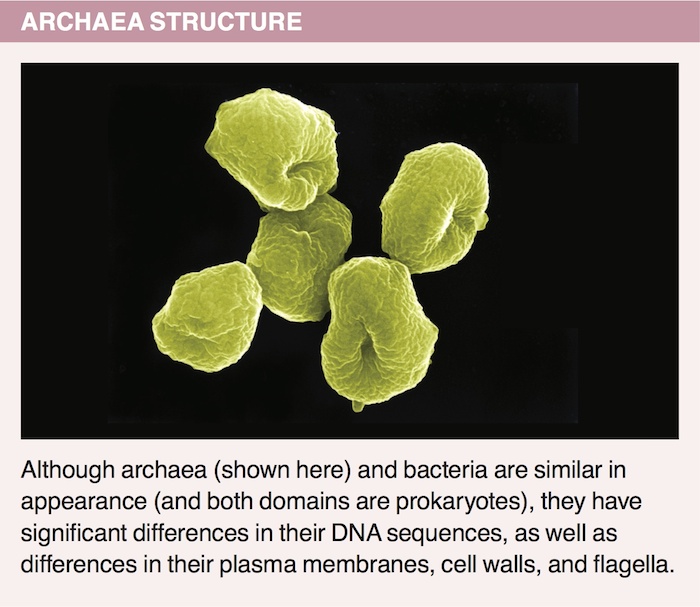
10. Describe two differences between archaea and bacteria.
11.

11. Bacteria and archaea are sometimes called extremophiles. To what does the word “extreme” refer?
12.

12. Why might scientists eager to learn more about archaea have a hard time doing so?
13.

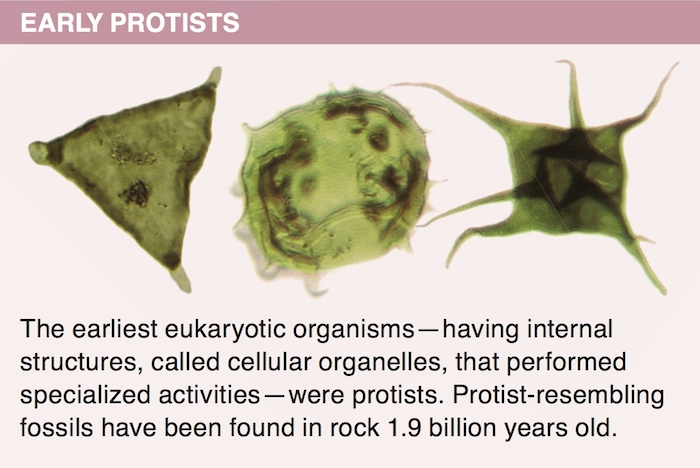
13. Describe the cellular structure that first appeared in protists?
14.

14. Which group of protists are referred to as “animal-like protists”? Why?
15.
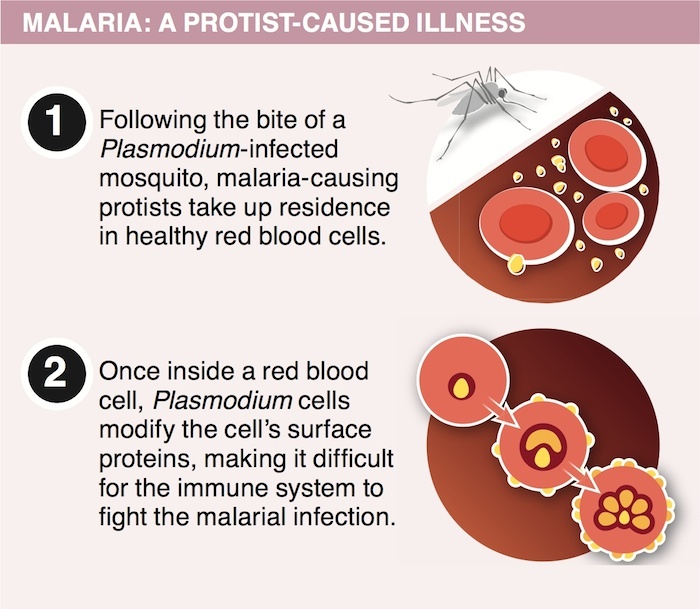
15. Which feature of Plasmodium, the protist responsible for malaria, helps it stay ahead of the human immune system?
16.

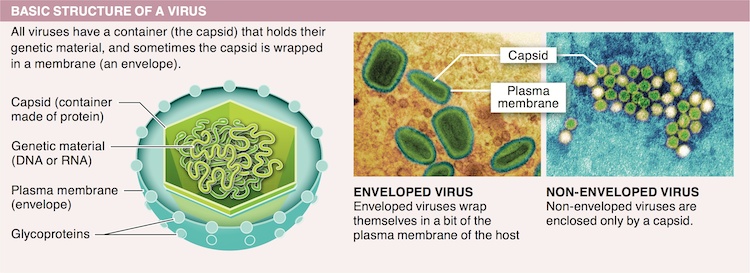
16. Why are viruses not considered “living”?
17.
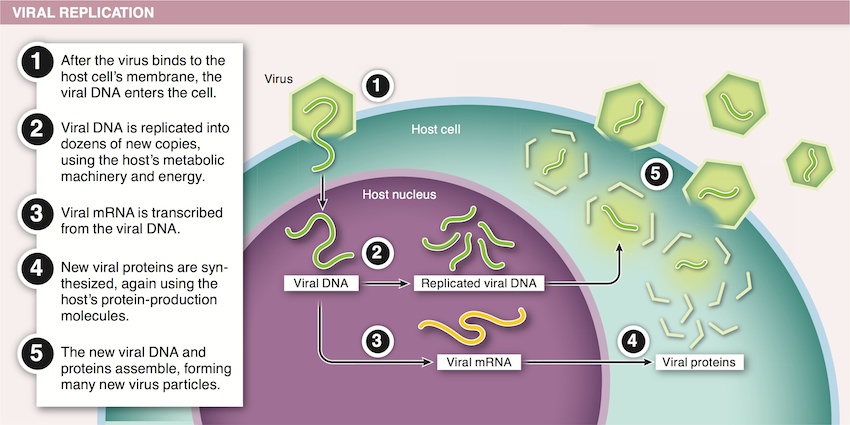


17. Why might DNA viruses be easier to fight than RNA viruses?
18.
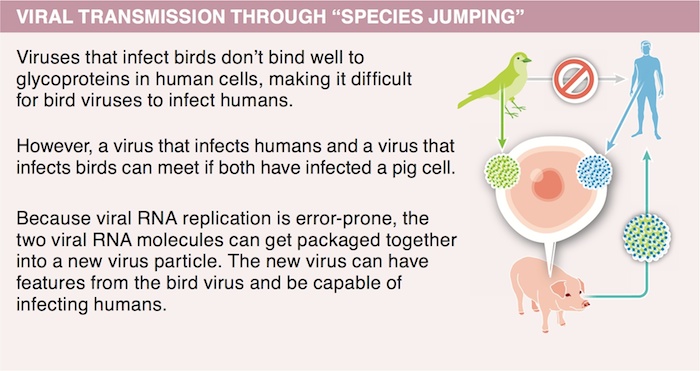
18. Which feature of a virus determines which host species the virus can infect?
Activity results are being submitted...